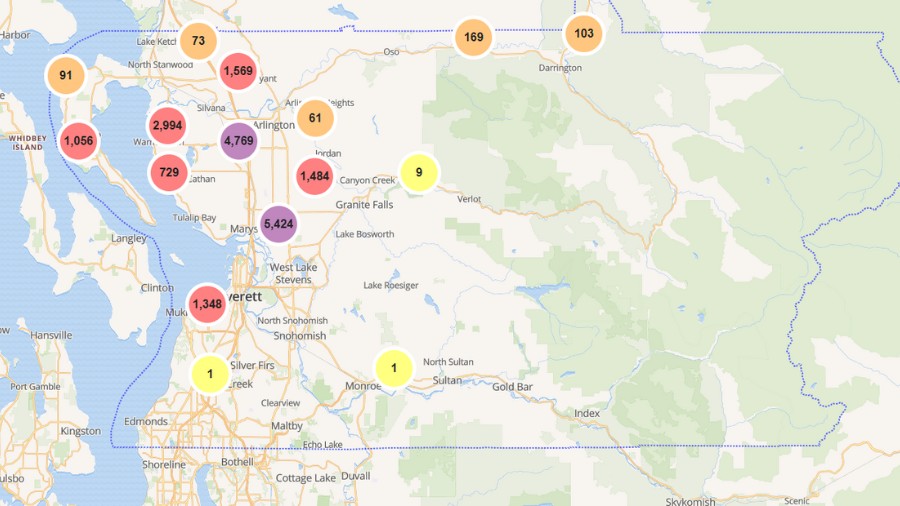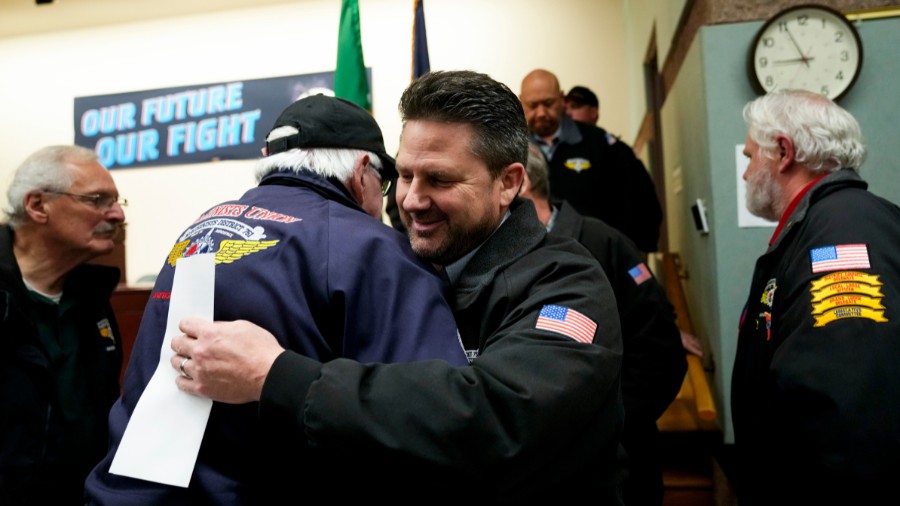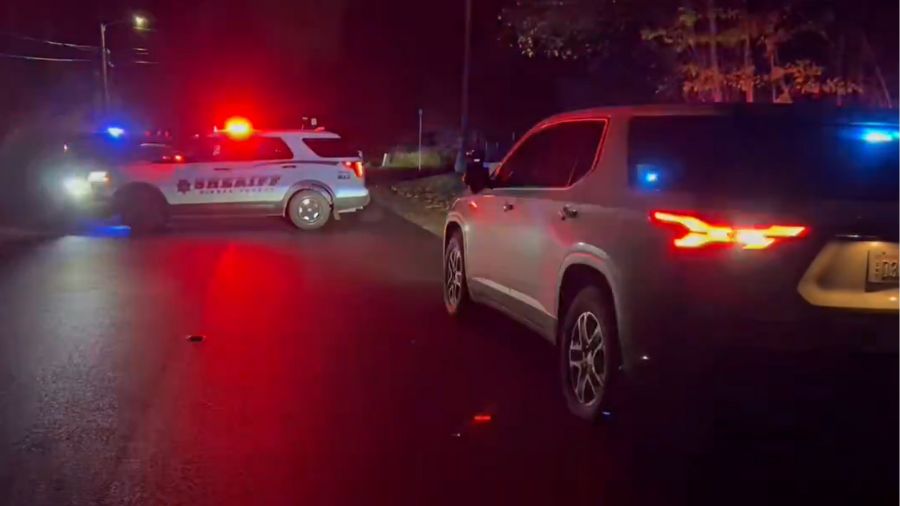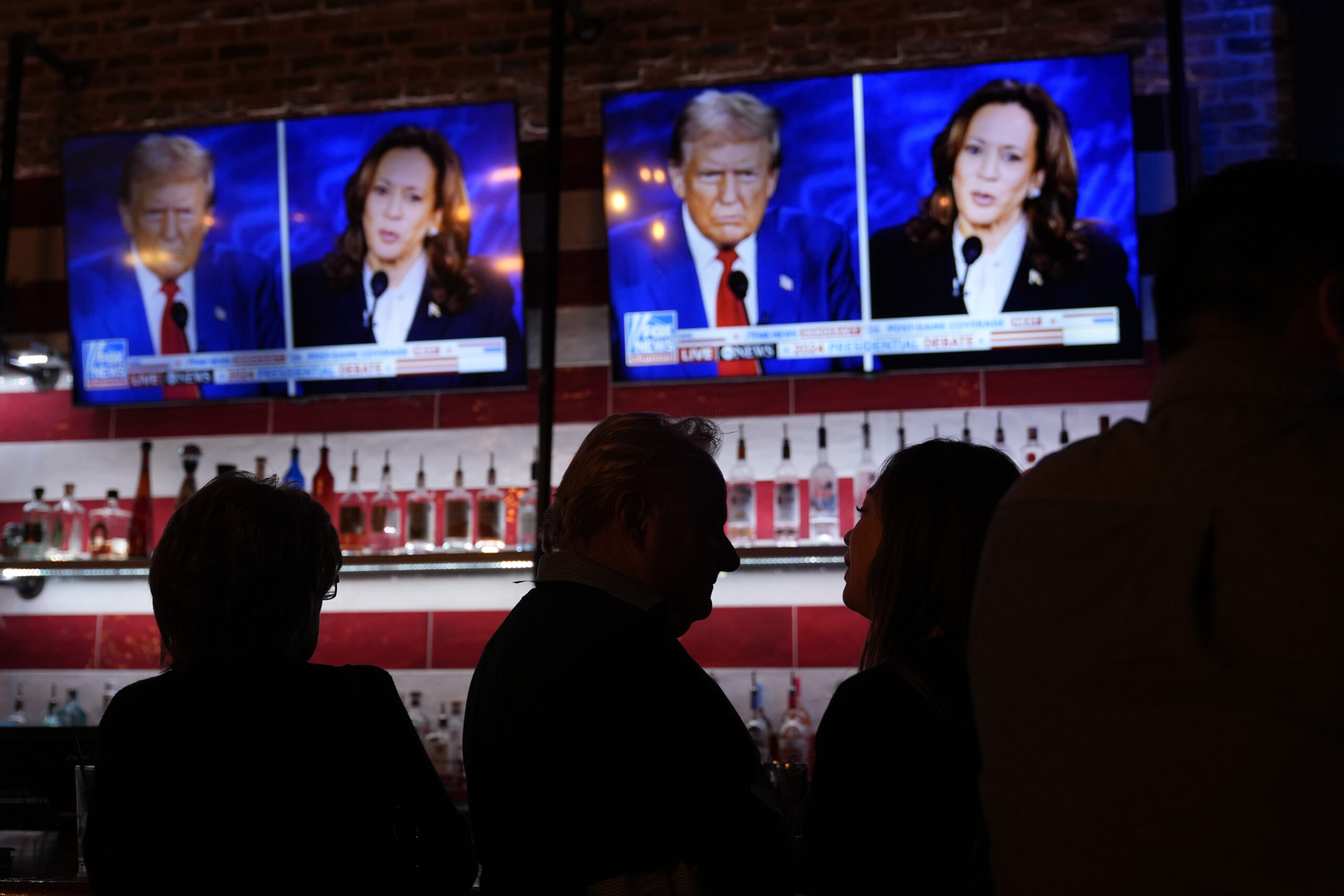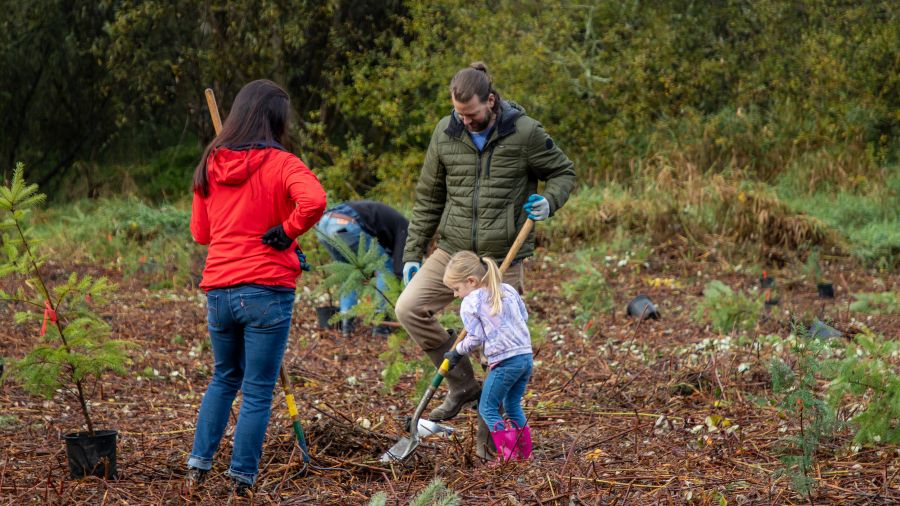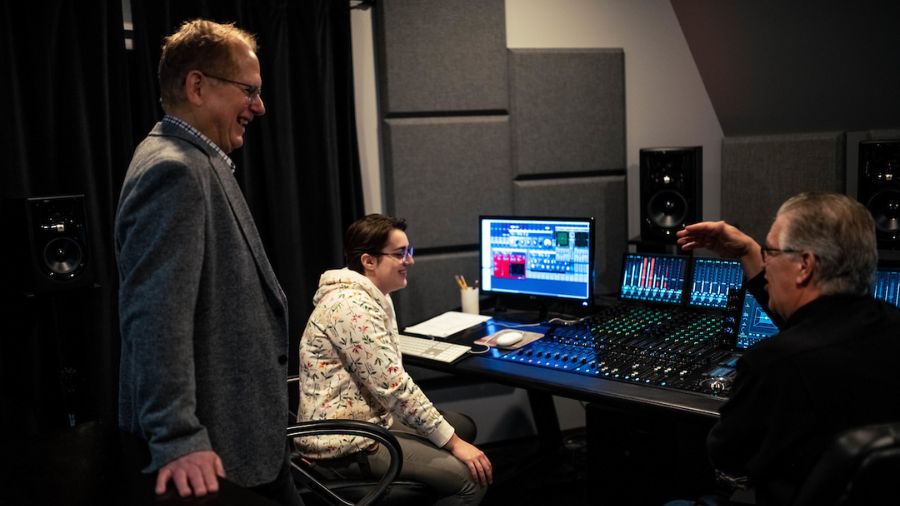Refugee, immigration controversy has long history in Washington
Nov 18, 2015, 8:27 AM | Updated: 9:56 am
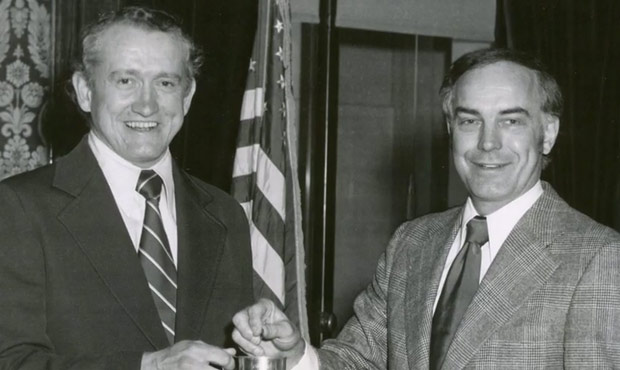
Ralph Munro and Governor Daniel J. Evans pictured in the mid 1970s. (Photo courtesy Washington State Archives.)
(Photo courtesy Washington State Archives.)
After the Vietnam War ended and the last group of Americans departed from Saigon in 1975, tens of thousands of South Vietnamese citizens also began fleeing their country. They feared reprisals from the North Vietnamese government for having supported the United States during the war.
By April 1975, many thousands of South Vietnamese who had been evacuated by the United States military were living as refugees in tents at Camp Pendleton in California. It was around this time that Governor Jerry Brown said he didn’t want Vietnamese refugees settling in California.
Gov. Jay Inslee’s refugee statement makes no sense, Rantz says
Washington’s governor then was Daniel J. Evans. Governor Brown’s words upset Evans. So Evans sent his aide, Ralph Munro, who would later be elected Washington’s Secretary of State, to California to invite refugees to come to Washington.
“I also asked Ralph, if you see Governor Brown, tell him to re-read what it says on the base of the Statue of Liberty. Give me your poor, your huddled masses yearning to be free,” Evans told a reporter in 2014.
Ultimately, about 30,000 Vietnamese refugees came to Washington as a result of Evans and Munro’s efforts to invite them here, and to create a social infrastructure to help find jobs and places to live.
Chandler Felt, demographer for the King County Executive’s office, says this was a watershed moment for immigration and refugees in the state, particularly in King County.
“So that kind of established a beachhead of recognition that King County was a welcoming place for refugees and immigrants. It really started to increase the rate of immigration,” Felt said. “Since then we’ve been getting refugees and immigrants from all different parts of the world.”
Felt says that partly as a result of Governor Evans effectively adopting a policy to not only tolerate refugees, but to actively invite them to come to the Evergreen State, it influenced long-term immigration trends in King County.
“I used to tell people [that] before 1990, half of our county growth was natural increase, [the births of] our own children, and the other half was migration from other parts of the United States, especially from California and Oregon,” Felt said. “But since 1990, we’ve continued to have half of our population growth be our own children, but the other half isn’t from other parts of the United States, it’s from other parts of the world.”
In some ways, this welcoming approach makes up for darker chapters in Washington’s history with immigration and treatment of immigrants.
In the mid 1880s before statehood, at least three Chinese hops pickers were murdered near Issaquah; hundreds more were forcibly expelled by angry mobs in Seattle and Tacoma; and even the Territorial Legislature weighed in, passing laws forbidding Chinese from owning real estate.
In 1942, it was federal policy in the wake of the attack on Pearl Harbor to force Japanese-Americans, including immigrants and their US-born children, from their homes in communities along the West Coast. Thousands of Japanese-Americans were detained for the duration of World War II at inland camps hundreds of miles from their homes.
It’s also worthwhile to remember that nearly everyone living in what’s now Washington is a descendant of immigrants. Natives were here for thousands of years before British and Americans began arriving in small numbers in the late 18th and early 19th century. American settlement boomed here in the 1840s and the British gave up and left. Catholic priests sparred with Protestant missionaries for the hearts and minds of fur trappers and Natives. Ultimately, Native populations were decimated by disease and war, and tribes were forced onto reservations. The “immigrants” had prevailed.
Fast-forward to the 2010 census, and King County’s population is around 1.9 million, or about 400,000 more people since 1990. Chandler Felt says that this translates into roughly 200,000 foreign-born residents moving here over the last 20 years or so.
Felt also says that because of this steady stream of immigrants, King County is remarkably diverse compared with other urban areas in the United States. Immigrant groups settling here since then include those from East Africa, Ukraine, the Balkans and South Asia. Felt also says that roughly 10 percent of these immigrants would be considered “refugees” — people fleeing persecution or war in their native countries.
With the recent debate over allowing Syrian refugees in the US, Felt points out that the number of immigrants from the Middle East is very small in King County, but there’s no obvious reasons for this.
“I just don’t see very many numbers from the Middle East here and I can’t explain that. I don’t know why,” Felt said.
There’s also very little data about religious affiliation, so nobody knows exactly how many Muslims live here.
“There are not numbers and I tried to look that up a couple of times in the past and it’s really hard to find good information on religious affiliation,” Felt said. “I have really no idea about our Muslim population or other religious groups. I wish I did.”



